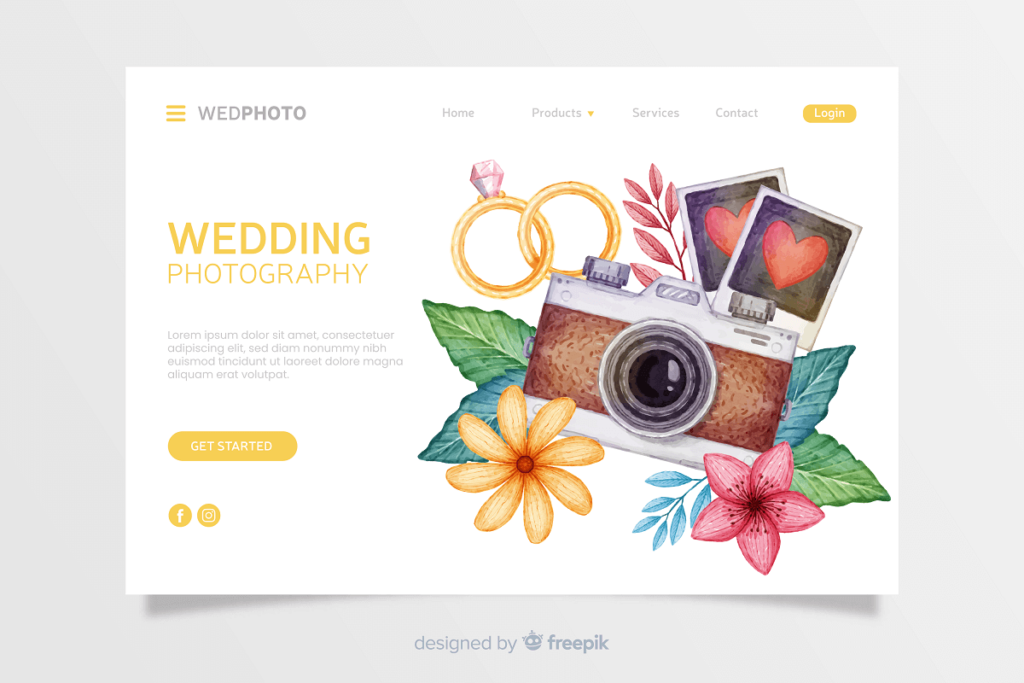When setting up your own blogging site or homepage for your company, WordPress is a great option: it’s simple to use and has a host of features and themes to select from.
Want to learn more about WordPress, read this 6000+ Words Ultimate Guide: How to use WordPress?
Selecting a theme, however, can be a hazardous process, as choosing the wrong one can lead to a lot of wasted time, effort and money. So what are these most common mistakes made when selecting a WordPress theme, and how can they be avoided? Let’s take a closer look:
1. Limit plugins
 Freepik from www.flaticon.com is licensed by CC 3.0 BY
Freepik from www.flaticon.com is licensed by CC 3.0 BYPlugins are great because they allow you to perform a number of additional functions and tasks that do not come originally with the selected theme. However, plugins can also come with their fair share of problems too: they can be fiddly to install, sometimes bugged, or even become discontinued or unsupported meaning they fail to deliver what you require.
With so many pitfalls, it’s a safe assumption to make that the fewer plugins that are required, the easier it will be to continue to operate your site. Plugins are great, until they are not, so keep them to a minimum and choose a theme that supports this plan.
You can install Jetpack by WordPress.com, very popular and powerful plugin offers dozens of features including real-time backups, automated security scanning, downtime monitoring, social media scheduling, and a lot more,. You can read this 5000+ Words Ultimate Guide to JetPack to learn how you can save up to $111/year with Jetpack.
2. Consider speed
 Travel vector created by macrovector_official – www.freepik.com
Travel vector created by macrovector_official – www.freepik.comIn this day and age of impatience and instant gratification, you absolutely must consider the loading speed of your pages. To that end, select a theme that supports the fastest possible loading times as you will lose visitors otherwise.
So what actually affects loading speeds? Janet Briggs, a tech writer at Australia2write and Nextcoursework says “it all comes down to the coding of the theme and on top of that the visualizations that are employed and the number of plugins that are installed. A bad combination of these can lead to a slow-loading site that will be sure to turn off visitors.”
Using optimized images and a good WordPress host are two immediate ways in which you tackle this issue.
3. Choose a well-supported theme such Avada or XTheme
 Flower vector created by freepik – www.freepik.com
Flower vector created by freepik – www.freepik.comNot all themes are actively supported or have an active online community who can assist with any problems or challenges you may face. Conduct thorough research to understand which themes are popular and offer a large amount of support if you do need anything. The last thing you want to find is that in your time of need with your theme, you are alone.
4. Choose a secure theme
Also, be careful that your theme is secure. There are a number of free themes in particular which come from unknown or untrusted sources, so always be aware of this and look to use a theme that you understand is secure, which usually means a popular theme. Jetpack plugin helps you to build secure websites without spending hundreds of dollars.
5. Budget sufficiently
Do not select a theme only on the basis that it is free. Yes, WordPress does offer some free themes and that is not to say that they are no good, but you have to ensure that the theme supports all of the functionalities that you desire, and insufficient budgeting should not be a reason to hang back on what is a really important aspect of your business, which is building your online presence.
Your site is often the first impression that people get of what you are about. ThemeForest has hundreds of professionally designed WordPress themes.
6. Consider look
Following on from the last point, remember that we are talking about your brand and your image, and your website is a huge element of that. Have strong branding awareness and consider how a theme will support that branding in respect to color, layout, and functionality. Selecting a theme based on these considerations should be of the highest priority.
7. Mobile Friendly
These days, more people access sites via mobile devices than actual desktops. What does this fact tell you? That it is vital to select a theme that is mobile friendly. Most will claim to be, but once again it is worth putting in the hard work to discover from user comments which themes offer the best responsiveness for mobile platforms.
Visit sites yourself to see what they can offer and where you may be limited, and consider how important mobile responsiveness will be for your site. Failing to acknowledge this can be a serious error of judgment when you set everything up, only to discover that your mobile site is barely tolerable.
With these seven tips, you can confidently select the best WordPress theme for your needs.
Featured Image: Texture photo created by rawpixel.com freepik.com